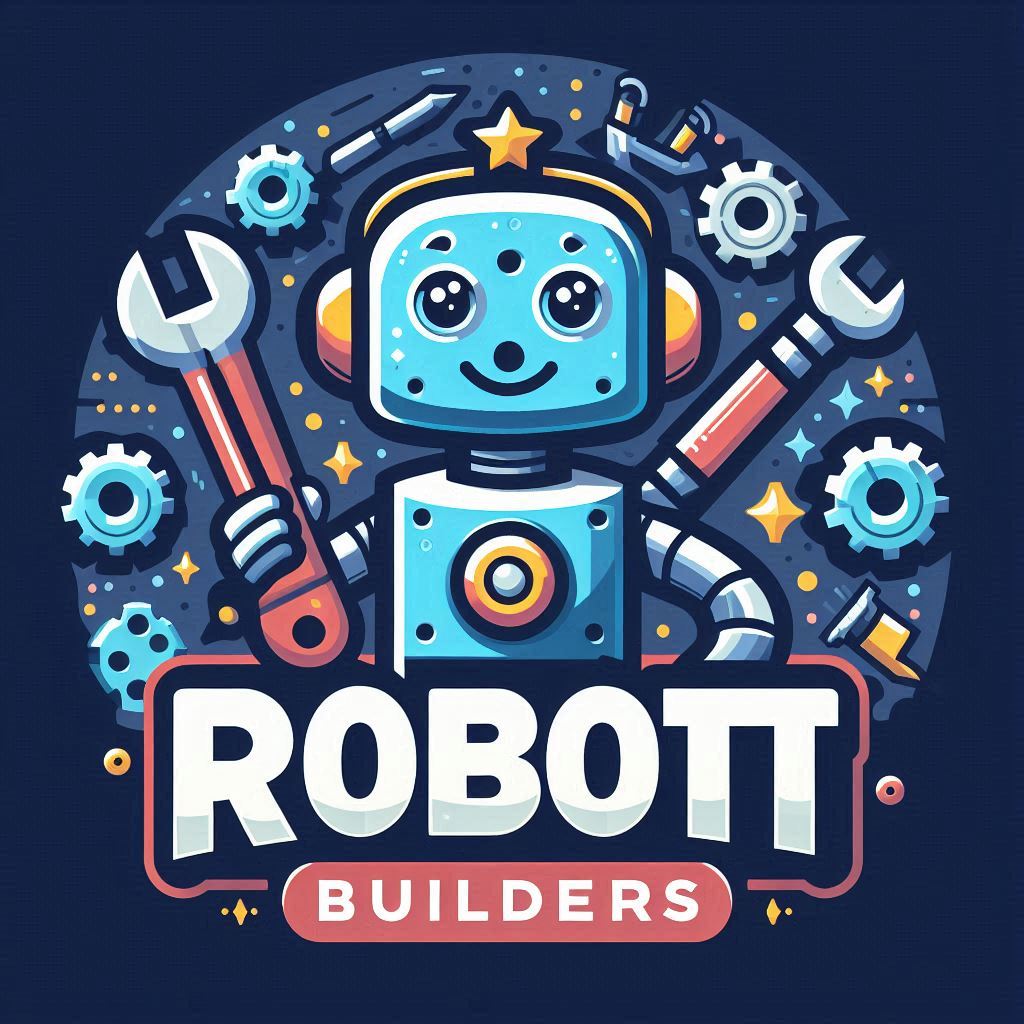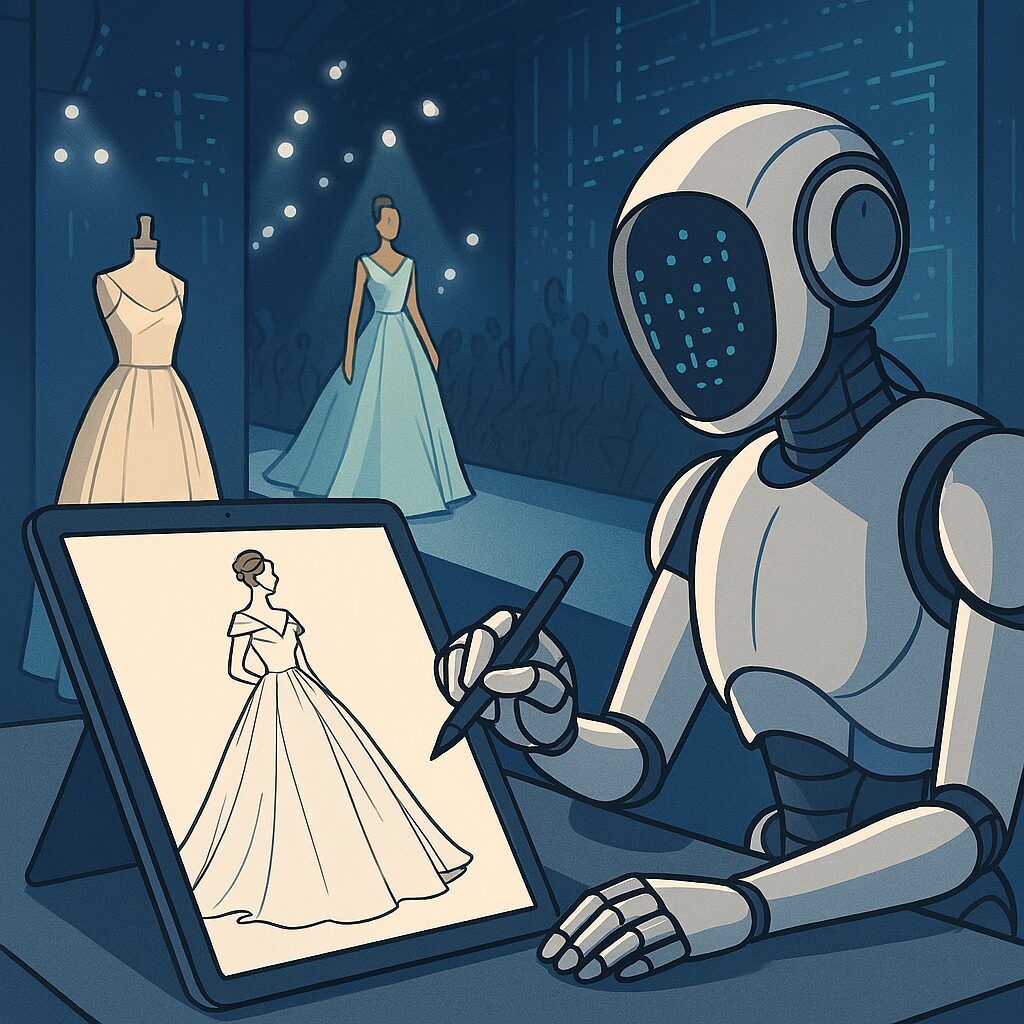Introduction
Artificial Intelligence (AI) is no longer just a backstage tool in fashion—it’s stepping into the spotlight. In 2025, AI-powered fashion designers are generating trend-setting collections, predicting consumer preferences, and even redefining the creative process itself. As algorithms begin to outperform human designers in speed, precision, and market relevance, the fashion world faces a provocative question: is AI the new creative genius?
This article explores how AI is transforming fashion design, the technology behind it, and what this shift means for the future of creativity and couture.
🧠 What Makes AI Designers So Powerful?
AI fashion designers use advanced algorithms to analyze massive datasets—including past collections, social media trends, cultural movements, and consumer behavior. These systems can:
- 🎨 Generate original design sketches and photorealistic visuals
- 📊 Predict upcoming fashion trends with high accuracy
- 🧵 Simulate fabrics, textures, and patterns digitally
- 🛍️ Personalize designs based on individual preferences and body types
- ⚡ Accelerate production cycles and reduce waste
Tools like Resleeve AI and Marvelous Designer 2024.1 are already enabling brands to create print-ready garments from text prompts.
📈 How AI Is Outshining Human Creatives
| Feature | AI Designers | Human Designers |
|---|---|---|
| ⏱️ Speed | Instant concept generation | Days to weeks |
| 📊 Trend Prediction | Data-driven forecasting | Intuition and experience |
| 🧵 Fabric Simulation | Realistic digital rendering | Manual prototyping |
| 🧠 Personalization | Mass customization via algorithms | Limited scalability |
| 💡 Creative Output | Endless variations and combinations | Finite bandwidth |
AI doesn’t get tired, doesn’t need inspiration, and can iterate endlessly—making it a formidable creative force.
🎨 The Role of Human Designers in an AI Era
Despite AI’s dominance in efficiency and scalability, human designers still hold the edge in:
- 🧬 Emotional storytelling
- 🎭 Cultural sensitivity and symbolism
- 🎨 Artistic risk-taking and intuition
- 🧍♂️ Craftsmanship and tactile innovation
Fashion is more than function—it’s identity, rebellion, and art. AI can mimic style, but it struggles to embody soul.
⚖️ Ethical and Industry Implications
The rise of AI fashion designers raises critical questions:
- 🧑🎨 Will human designers be replaced or redefined?
- 🧠 Can AI understand cultural appropriation or emotional nuance?
- 💰 Who owns AI-generated designs—brands, developers, or the algorithm itself?
As fashion becomes more digitized, the industry must balance innovation with ethical responsibility.
🔮 What’s Next for AI in Fashion?
- 🧠 Emotion-aware design tools that adapt to mood and context
- 🌍 AI-generated collections tailored to regional aesthetics
- 🧵 Virtual fashion for the metaverse and digital avatars
- 🛒 Real-time trend adaptation for fast fashion platforms
AI is not just designing clothes—it’s designing the future of identity.
🌐 SEO Optimization Summary
✅ Meta Title: “AI-Powered Fashion Designers Outshine Human Creatives in 2025” ✅ Meta Description: “Explore how AI fashion designers are revolutionizing the industry. Discover the tech, trends, and ethical questions behind machine-made couture.” ✅ Keywords: AI fashion designers, AI in fashion 2025, machine-generated clothing, Resleeve AI, Marvelous Designer, future of fashion design, AI vs human creativity ✅ Formatting Tips:
- Use structured headings (H1–H3)
- Include tables and bullet points for readability
- Embed alt text in visuals (e.g., “AI-generated fashion sketch on digital tablet”)
- Keep paragraphs concise and keyword-rich
Conclusion
AI-powered fashion designers are not just tools—they’re collaborators, provocateurs, and disruptors. As algorithms begin to outshine human creatives in speed and precision, the fashion world must decide: will we compete, collaborate, or evolve together? One thing is clear—the runway will never look the same again.

